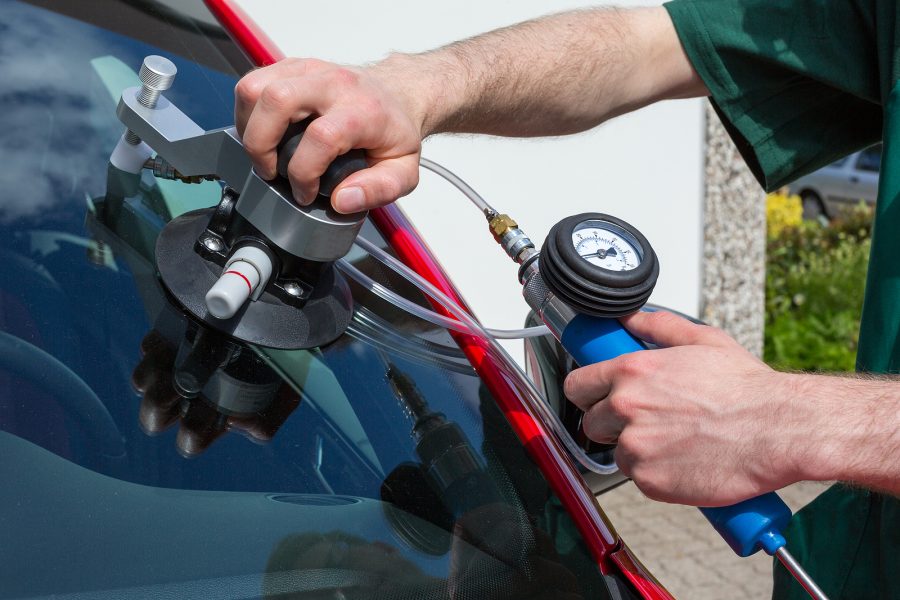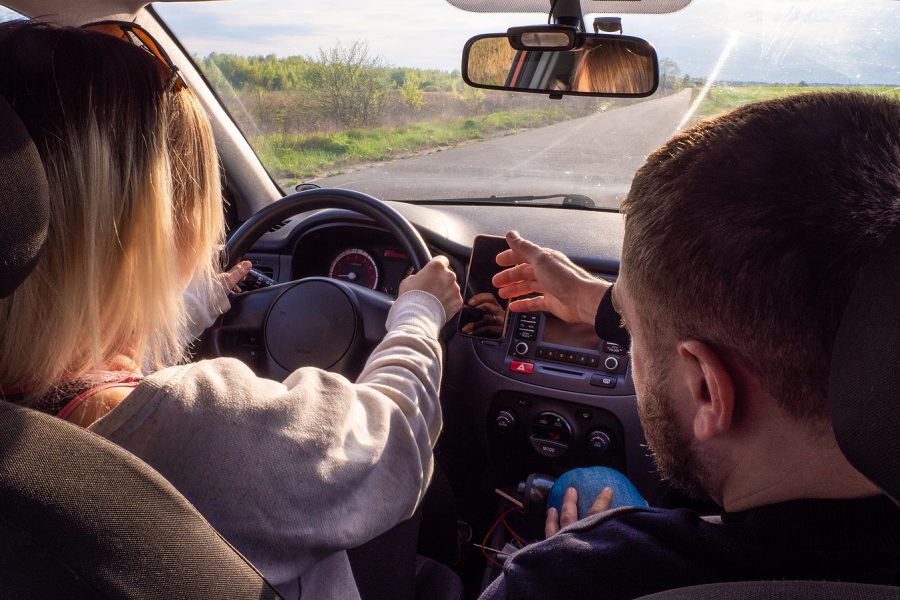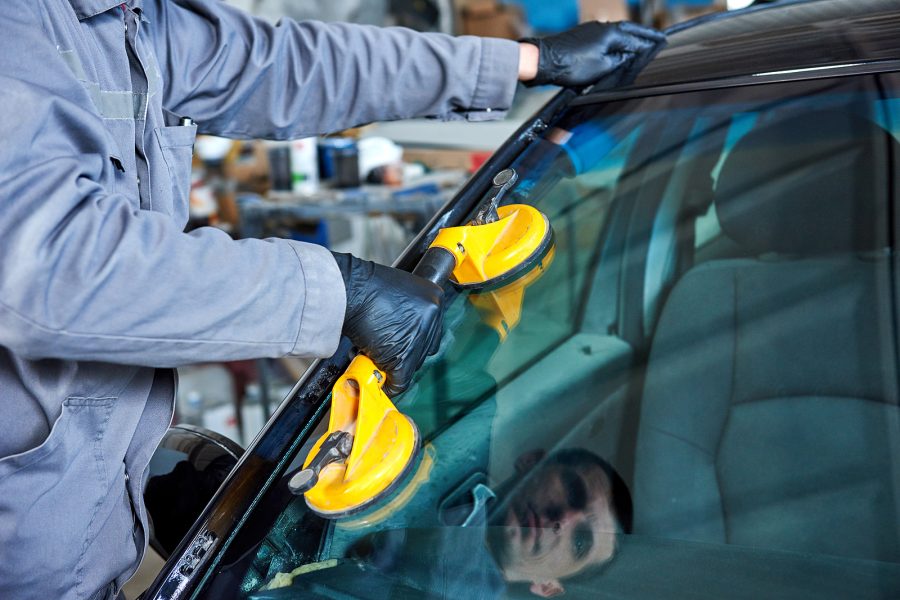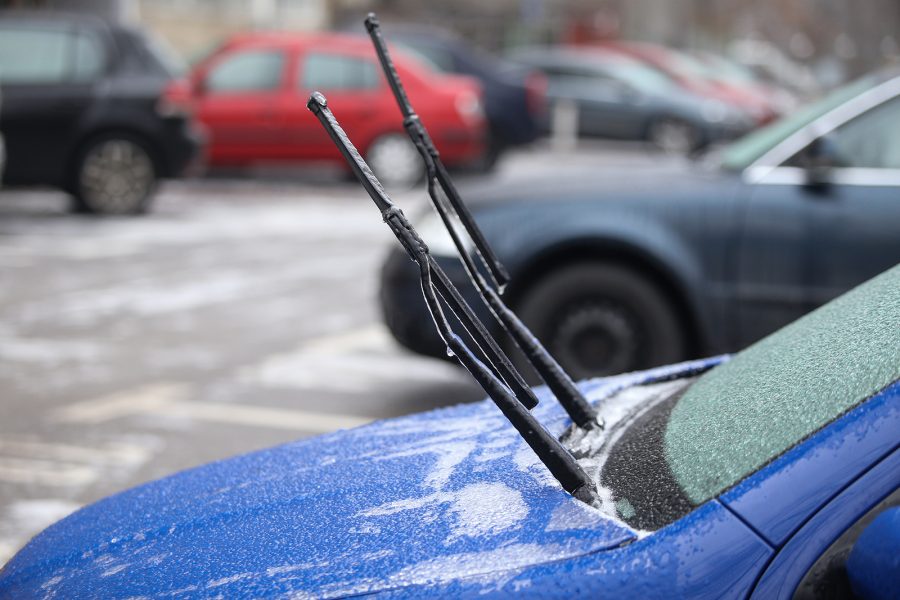Outside of people buying particularly light sports cars and heritage vehicles, practically every car people buy in the United Kingdom is fitted with a windscreen, which aids visibility, blocks debris and protects them from accidents.
In return, motorists make sure that the windscreen is kept clean and clear, as well as getting in touch with replacement services if it breaks or chips in a way that harms visibility or cracks.
They are standard equipment on cards and the concept of buying a car without one is considered extraordinarily strange.
However, this was not always the case. The Ford Model T, for example, did not initially come with a windscreen as standard, despite being launched four years after the invention of the windscreen.
For the first decade in the history of the motor car, the windscreen was typically a sheet or two of window glass, and even then it was an optional extra, available either by the manufacturer or by a glass supplier as an aftermarket extra.
The first car company to offer a windscreen as standard was the Oakland Motor Company, which offered the Model 40 with a windscreen as standard equipment. Even then it was not offered with every model of car they sold.
Chevrolet would follow suit with the Series C Classic Six from at least 1913, although no surviving examples of a 1912 model exist to confirm if it was available earlier than this.
However, whilst a glass windscreen became the standard with some manufacturers, safety glass was not. This meant that many accidents were made more serious as drivers and passengers were lacerated by the shards of broken glass.
Safety glass sold under the name Triplex was available as early as 1905, although it only became available for windscreens in 1911 in France, the following year in Great Britain and the year after that in the United States.
Laminated glass became standard equipment in 1919 when Henry Ford mandated its use on all vehicles that bore his name.









